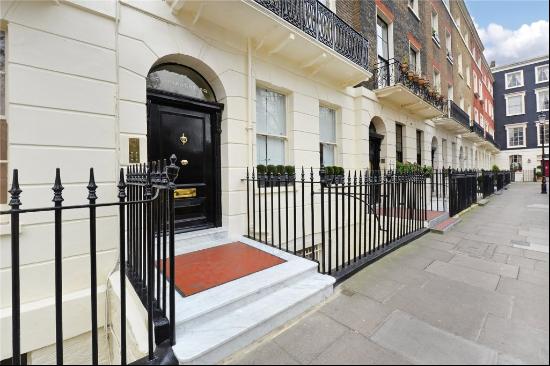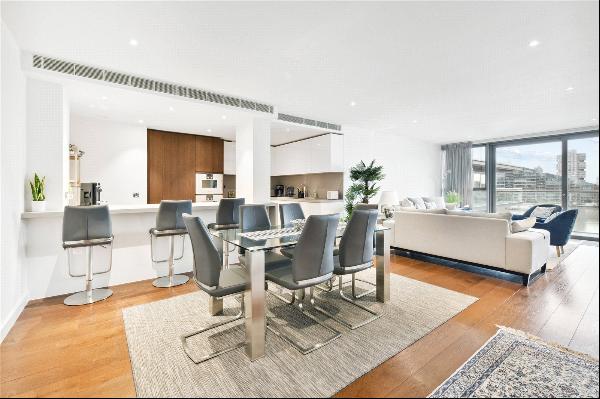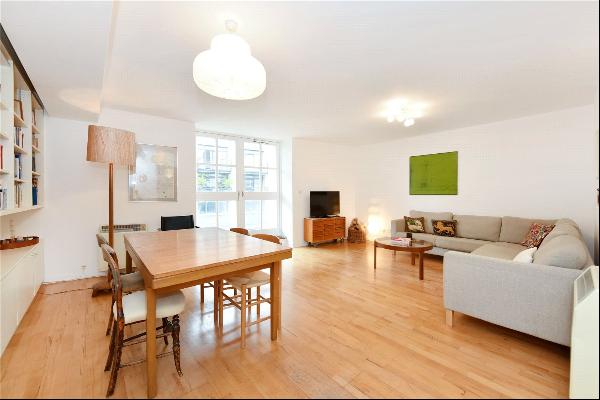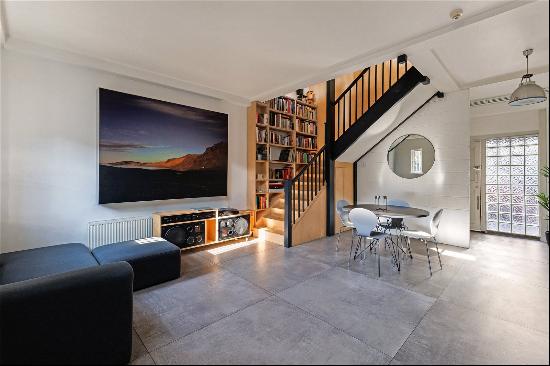
By Francesca Peacock
It’s easy to be snooty about the Tudor Revival. Its most recognisable style — black timber on white walls — has been a stock feature of suburban housing since the end of the first world war. Despite its mass appeal and ubiquitous presence, it has not been without its contemptuous critics. Writer and artist Olive Cook was outspoken in her disdain, describing how “the rash of semi-detached villas . . . Tudor gables . . . and bay windows of every shape . . . disfigures the outskirts of all our towns”.
The style is unfairly misunderstood, but its name hardly helps. The architecture these houses reference isn’t necessarily Tudor — a period spanning three centuries, with building fashions as diverse as the glass splendour of Hardwick Hall in Derbyshire to ornate Perpendicular Gothic churches. The timber frames and bay windows on suburban houses are references to a different type of architecture altogether: a more commonplace way of building ordinary houses which was prolific from the medieval period onwards.

One single period of “Revival”, too, is problematic. Architectural histories tend to suggest that the vogue for referencing Tudor features begins in the late 19th century, around the time Norman Shaw built the grand country house Cragside in Northumberland. This movement became the fully-fledged “Mock Tudor” (or “Stockbroker Tudor” as the wit Sir Osbert Lancaster put it) in the early 20th century, when well-funded architects wanted to give their new creations some traditional features, while keeping a freshly-built appearance. But the truth is that Tudor features — Gothic flourishes, and non-classical lines — had been continually re-used from the 18th century onwards including, perhaps most famously, in Horace Walpole’s 18th century mansion Strawberry Hill House in Twickenham.
So what exactly is Tudor Revival, then? Its hallmarks — half-timbered walls, tall chimneys, leaded-glass windows — point to a style which has its own history. As the Victorians rapidly built row after row of urban housing, the Arts and Crafts movement sought something else: something more individual, more authentic than the uniformity of repetitive streets. The guiding principle for these architects — William Morris and early Edwin Lutyens — was the use of an English vernacular style that celebrated the bringing together of a mixture of details and periods. This approach is exemplified by Great Dixter (main image, top), a 15th century building restored by Lutyens, to which he added an Arts and Crafts garden.

It’s from this movement that the Tudor Revival really stems. Its houses are consciously nostalgic; trying to establish some sense of the countryside, of England’s history, in relatively new developments. Take this 1930s house in Surrey as an example: its timber framing, latticework bricks, and tall chimneys — along with beams and wood panelling inside — present a charming mix of historical styles. It stands as a bricks-and-mortar dictionary of architectural flourishes from the medieval period onwards, despite being under a century old.
Just a few miles away in Godalming is this early 1900s lodge cottage. It sits at the entry to a grand country house which was rebuilt at the same time as the cottage was erected. Its form — low roof, bay windows — is a reminder that the Tudor Revival is, at its heart, not a grand style. Its visual language is one of modest cottages (whatever size they may be blown up to), rather than their grand stately counterparts. And, while it may have been used for some institutions and public buildings — the timber-framed home of Liberty’s department store is a famous example — it was most often used for domestic homes.

It may be nostalgic in nature, but Tudor Revival need not be stuffy or boring. It was used for more progressive developments, too — including homes for single working women on the Holly Lodge Estate in Highgate. From inner-London housing estates, to outer-city suburbs, Tudor Revival was a movement that tried to weave new developments from the existing fabric of England’s architectural history.
Photography: Alamy; Knight Frank





















